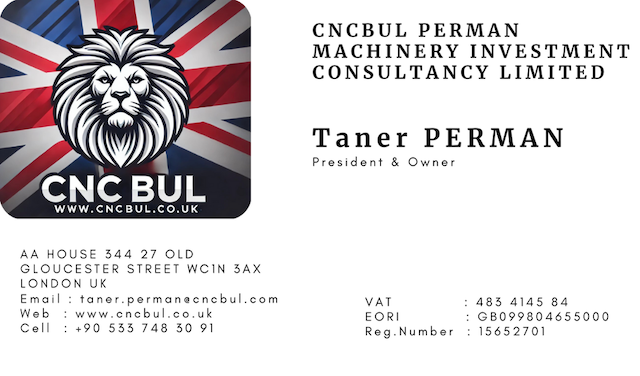What is Orbital Head Forming System?
A Orbital Head Forming System is a precision metal forming technology used primarily to deform or shape the heads of cylindrical components—such as tubes, pins, rivets, or fasteners—using a controlled orbital motion. It is commonly found in aerospace, automotive, medical device, and precision manufacturing industries for creating strong, consistent, and repeatable head forms.
 Technical Definition:
Technical Definition:
Orbital head forming is a cold-forming process that uses a conical forming tool (called an orbital head) that presses against a stationary or rotating workpiece at a shallow angle (~3–6°), while moving in an orbital (circular) path. This results in gradual, controlled deformation of the material to form a specific shape, such as a dome, flange, or rivet head.
 Key Components of the System:
Key Components of the System:
| Component | Description |
|---|---|
| Orbital Head/Tool | Conical forming tool that rotates at a controlled angle and applies pressure to the part. |
| Spindle Assembly | Drives the orbital head in a pre-defined circular path, usually with low RPM (~100–1500). |
| Actuator or Ram | Applies vertical forming force using hydraulic, pneumatic, or servo-electric power. |
| Fixture or Anvil | Holds the workpiece securely in place to prevent misalignment or slippage. |
| Control Unit (CNC/PLC) | Controls forming time, force, orbital angle, head speed, and stroke position. |
| Force/Displacement Sensors | Used for process monitoring and real-time quality control. |
 How It Works (Step-by-Step):
How It Works (Step-by-Step):
- The part (e.g., a tube or pin) is loaded into the fixture.
- The orbital head begins rotating at a shallow angle (typically ~5°).
- Downward force is applied gradually as the orbital head rolls around the periphery of the part.
- The head is formed uniformly without excessive impact, heat, or material waste.
- The final shape (e.g., dome, mushroom, flare) is achieved through controlled plastic deformation.
 Typical Forming Applications:
Typical Forming Applications:
- Rivet and stud head forming
- Sealing and flaring tube ends
- Automotive ball joint or bushing assembly
- Fastening dissimilar materials (metal to plastic)
- Crimping medical devices and connectors
 Advantages (Technically):
Advantages (Technically):
| Feature | Technical Benefit |
|---|---|
| Low Force, High Control | Reduces stress and cracking vs. traditional pressing. |
| Repeatability | Ideal for precision components (±0.01 mm tolerance). |
| No Vibration or Shock | Minimizes tool wear and damage to delicate assemblies. |
| Cold Forming | No heat zones or metallurgical changes to the part. |
| Customizable Profiles | Tooling can be shaped for domes, flares, or special forms. |
| Quiet Operation | Lower noise levels than impact forming or press riveting. |
 Typical Industries Using It:
Typical Industries Using It:
- Aerospace: Rivet forming on aircraft panels or turbine components
- Medical: Precision crimping of surgical tools or catheters
- Automotive: Shock absorber or bearing housing formation
- Electronics: Forming connectors, terminals, battery caps


